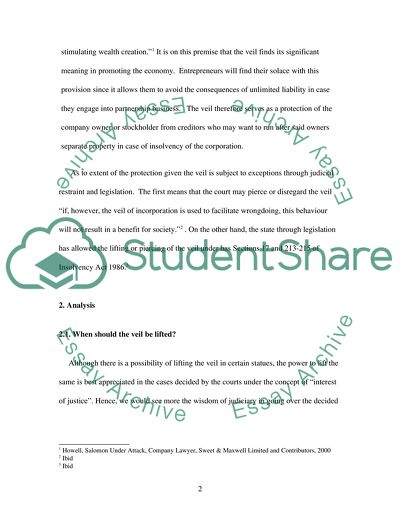Cite this document
(“Company Law: The Judiciary Should be Prepared to 'Lift the Corporate Essay”, n.d.)
Company Law: The Judiciary Should be Prepared to 'Lift the Corporate Essay. Retrieved from https://studentshare.org/law/1703706-company-law-essay-the-judiciary-should-be-prepared-to-lift-the-corporate-veil-in-the-interests-of-justice-discuss
Company Law: The Judiciary Should be Prepared to 'Lift the Corporate Essay. Retrieved from https://studentshare.org/law/1703706-company-law-essay-the-judiciary-should-be-prepared-to-lift-the-corporate-veil-in-the-interests-of-justice-discuss
(Company Law: The Judiciary Should Be Prepared to 'Lift the Corporate Essay)
Company Law: The Judiciary Should Be Prepared to 'Lift the Corporate Essay. https://studentshare.org/law/1703706-company-law-essay-the-judiciary-should-be-prepared-to-lift-the-corporate-veil-in-the-interests-of-justice-discuss.
Company Law: The Judiciary Should Be Prepared to 'Lift the Corporate Essay. https://studentshare.org/law/1703706-company-law-essay-the-judiciary-should-be-prepared-to-lift-the-corporate-veil-in-the-interests-of-justice-discuss.
“Company Law: The Judiciary Should Be Prepared to 'Lift the Corporate Essay”, n.d. https://studentshare.org/law/1703706-company-law-essay-the-judiciary-should-be-prepared-to-lift-the-corporate-veil-in-the-interests-of-justice-discuss.


